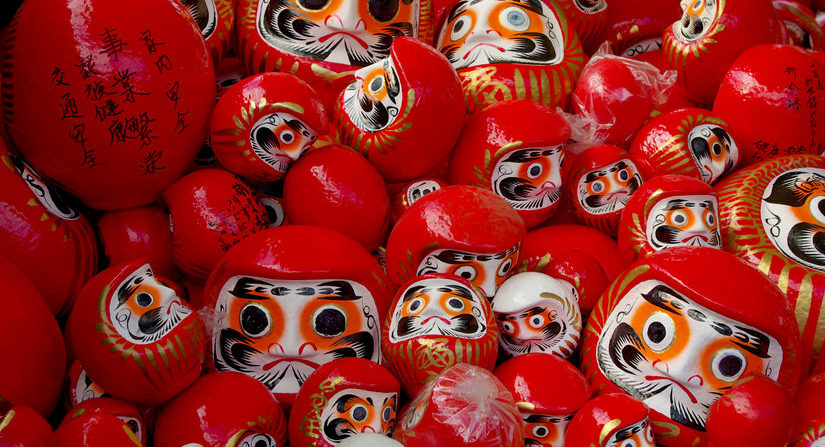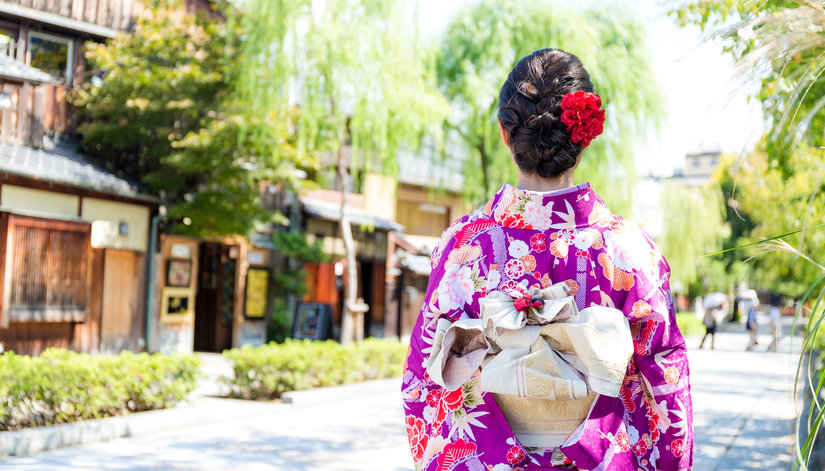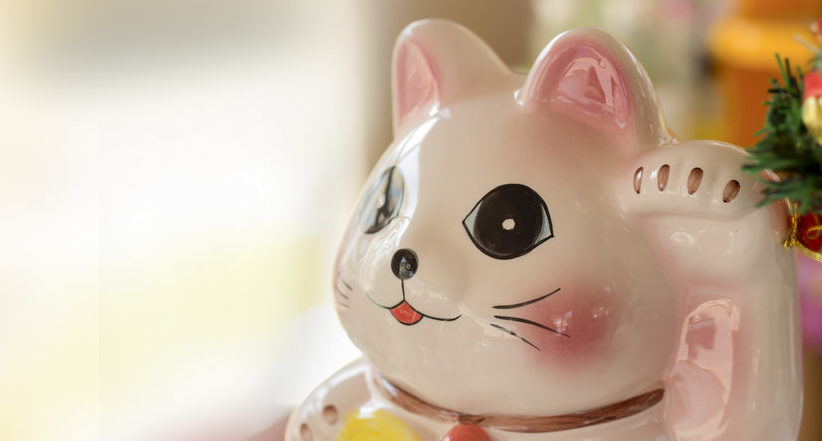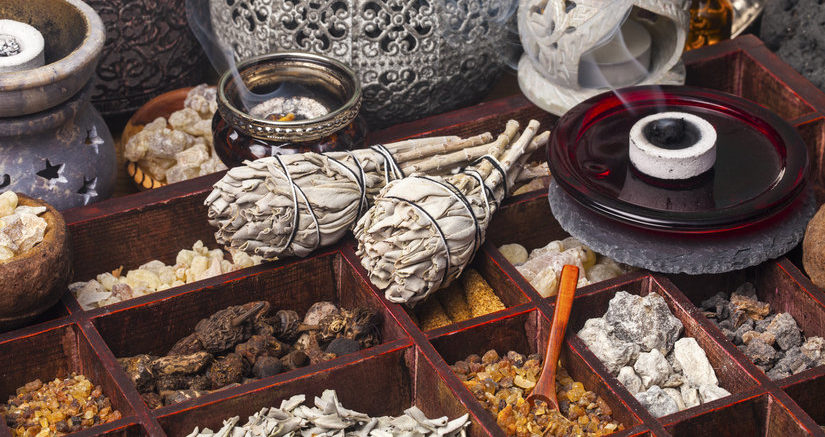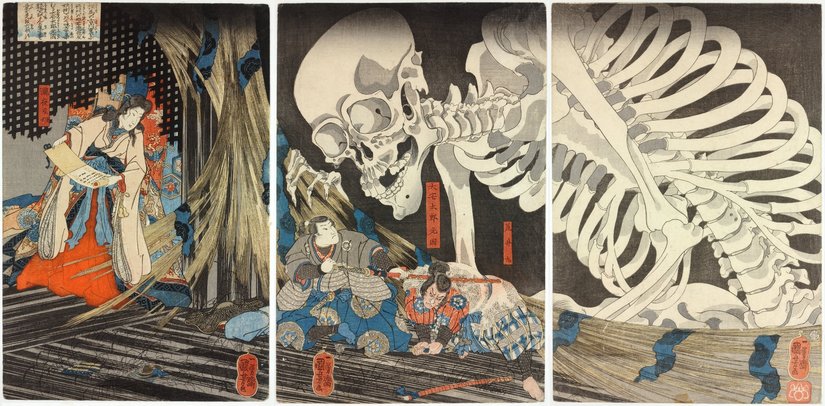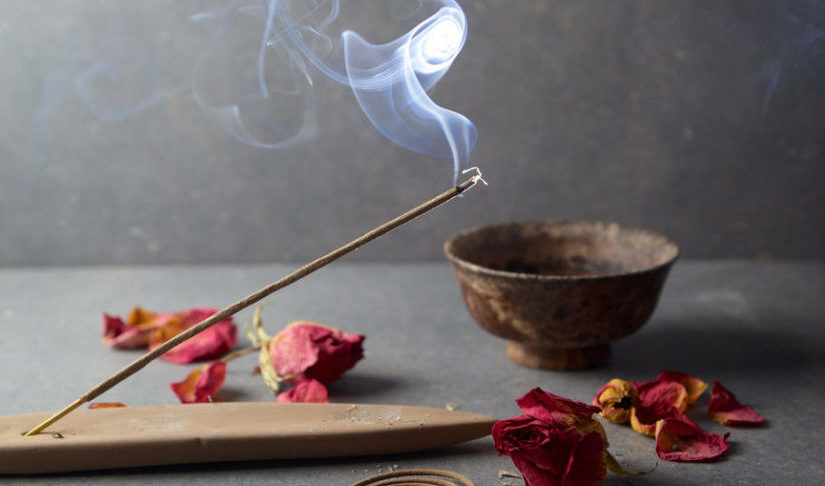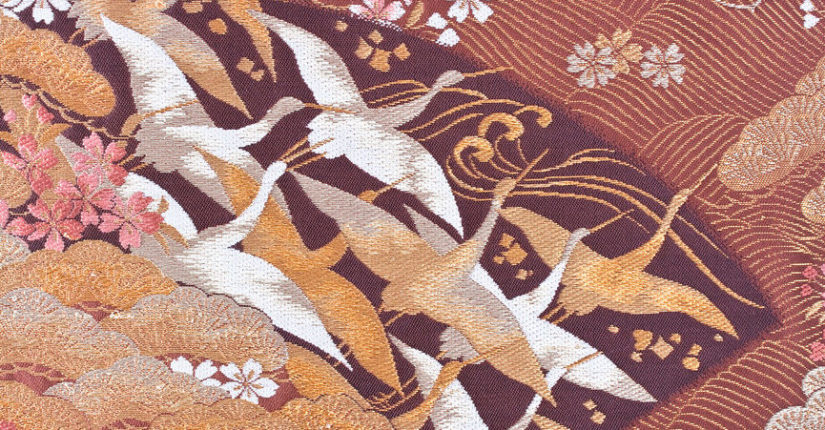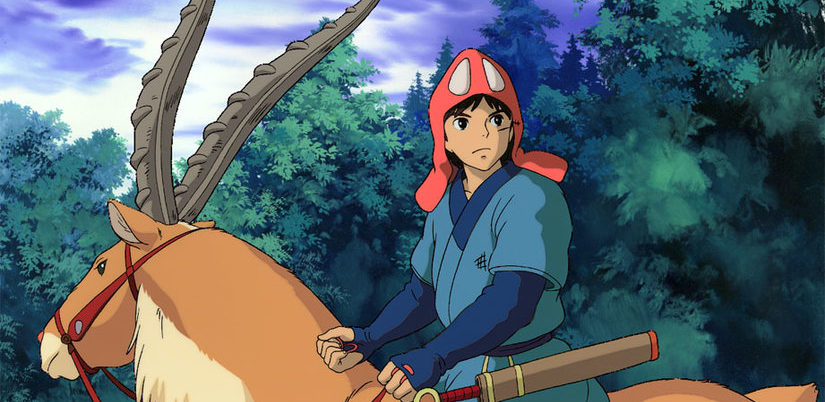
Studio Ghibli is an animation film studio based in Tokyo and often referred to as the ‘Disney of Japan’. The studio is the most successful producer of animation in the world. To fans, the studio's work showcases the very best of anime, using its mastery of the genre to make encapsulating, enriching and enthralling works of art.
Continue reading
